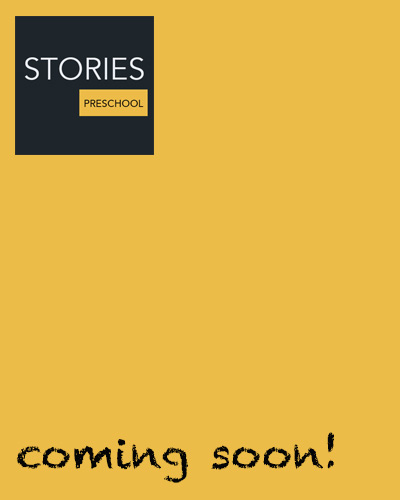Field of play
Most hockey field dimensions were originally fixed using whole numbers of imperial measures. Nevertheless, metric measurements are now the official dimensions as laid down by the International Hockey Federation (FIH) in the "Rules of Hockey". The pitch is a 91.4 m × 55 m (100.0 yd × 60.1 yd) rectangular field. At each end is a goal 2.14 m (7 ft) high and 3.66 m (12 ft) wide, as well as lines across the field 22.90 m (25 yd) from each end-line (generally referred to as the 23-metre lines or the 25-yard lines) and in the center of the field. A spot 0.15 m (6 in) in diameter, called the penalty spot or stroke mark, is placed with its centre 6.40 m (7 yd) from the centre of each goal. The shooting circle is 15 m (16 yd) from the base line.
Playing Surface
Historically the game developed on natural grass turf. In the early 1970s, "synthetic grass" fields began to be used for hockey, with the first Olympic Games on this surface being held at the 1976 Montreal edition. Synthetic pitches are now mandatory for all international tournaments and for most national competitions. While hockey is still played on traditional grass fields at some local levels and lesser national divisions, it has been replaced by synthetic surfaces almost everywhere in the western world. There are three main types of artificial hockey surface:
- Unfilled or water based - artificial fibres that are densely packed for stabilisation, requires irrigation or watering to avoid pitch wear
- Dressed or sand dressed - artificial fibres can be less densely packed and sand supports the fibres for part of the pile depth
- Filled or sand filled - artificial fibres can be longer and less densely packed and sand supports the fibres for 100% of the pile depth
Since the 1970s, sand-based pitches have been favoured as they dramatically speed up the game. However, in recent years there has been a massive increase in the number of "water-based" artificial turfs. Water-based synthetic turfs enable the ball to be transferred more quickly than on sand-based surfaces. It is this characteristic that has made them the surface of choice for international and national league competitions. Water-based surfaces are also less abrasive than sand-based surfaces and reduce the level of injury to players when they come into contact with the surface. The FIH are now proposing that new surfaces being laid should be of a hybrid variety which require less watering. This is due to the negative ecological effects of the high water requirements of water-based synthetic fields. It has also been stated that the decision to make artificial surfaces mandatory greatly favoured more affluent countries who could afford these new pitches.
SPORTS

RESOURCES
This article uses material from the Wikipedia article "Field Hockey", which is released under the Creative Commons Attribution-Share-Alike License 3.0.
© Stories Preschool. All Rights Reserved.









